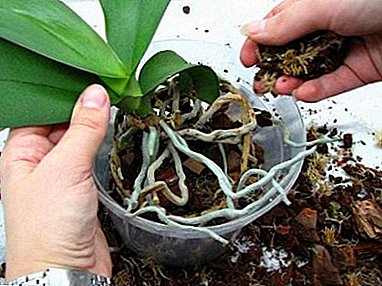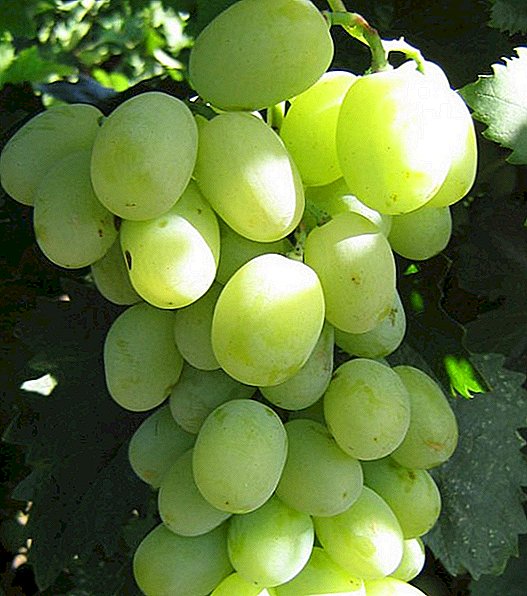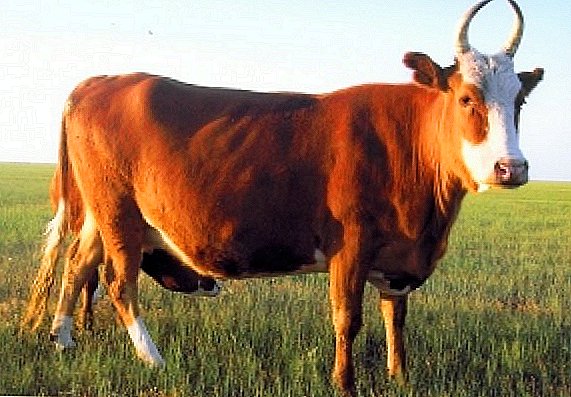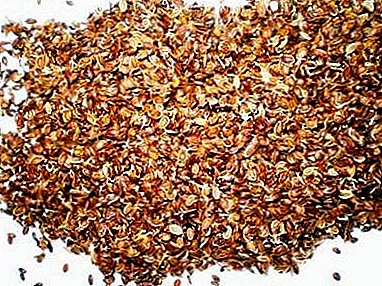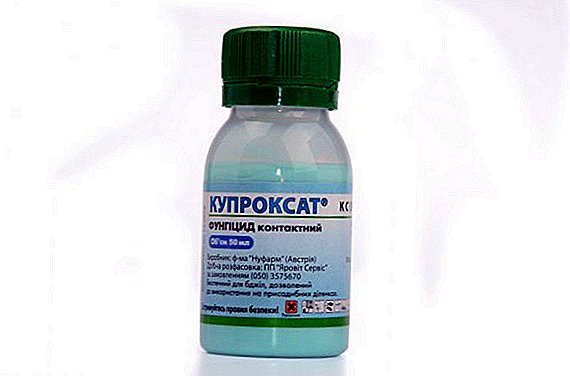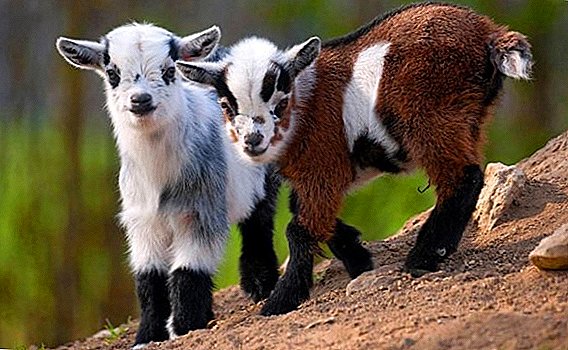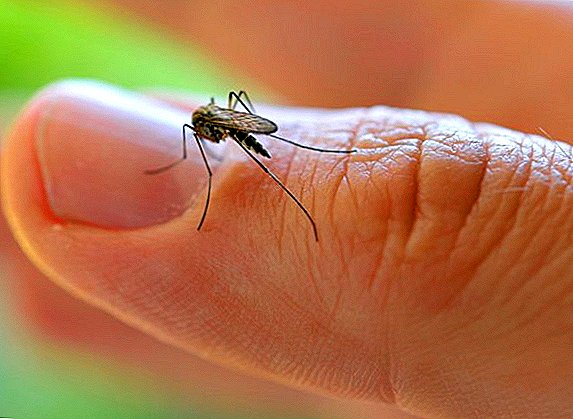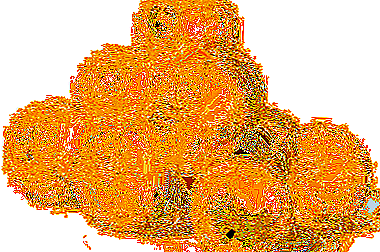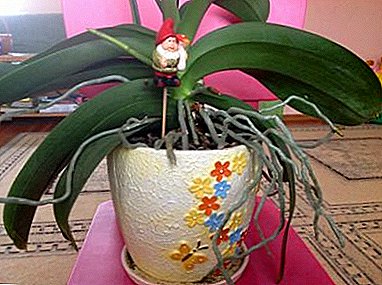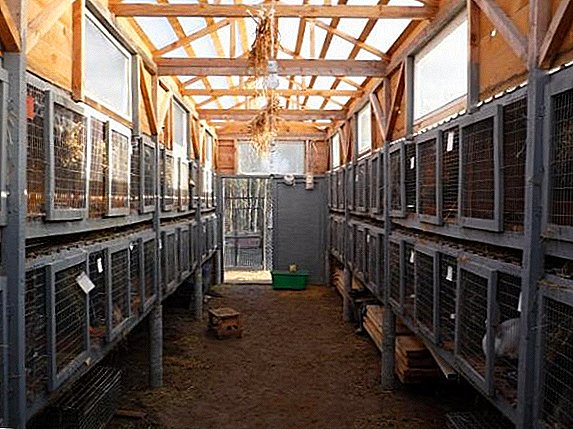 As the practice of many farmers shows, breeding rabbits is quite a profitable business, so it is not surprising that many entrepreneurs are interested in the peculiarities of creating optimal conditions for their maintenance. Of course, if you have the opportunity and finances, then you can build whole complexes for breeding these cute and fluffy animals, but in conditions of limited space a shedding system for keeping rabbits will be a good solution.
As the practice of many farmers shows, breeding rabbits is quite a profitable business, so it is not surprising that many entrepreneurs are interested in the peculiarities of creating optimal conditions for their maintenance. Of course, if you have the opportunity and finances, then you can build whole complexes for breeding these cute and fluffy animals, but in conditions of limited space a shedding system for keeping rabbits will be a good solution.
What are the sheds
Sheds can be called a real mini-farm for rabbits, which allows you to optimize the production of meat and more accurately calculate the amount of feed consumed by animals, and even a year in advance. Simply put, if you are interested in increasing marketable products and reducing the material costs of their production, then the shedding system is exactly what you need.
Did you know? The history of rabbit breeding began about 4,000 years ago. The remains of the first rabbit farms of this age were found during archaeological excavations in Spain and Portugal.
 Over the past few years, this option of keeping and breeding rabbits has gained wide popularity both in private use and in the conditions of entire enterprises. It allows you to mechanize all the main technologies of the process of rabbit breeding: manure harvesting, feeding (including feeding hay or grass) and watering animals.
Over the past few years, this option of keeping and breeding rabbits has gained wide popularity both in private use and in the conditions of entire enterprises. It allows you to mechanize all the main technologies of the process of rabbit breeding: manure harvesting, feeding (including feeding hay or grass) and watering animals.In general, the shed maintenance of rabbits provides construction of a canopy with one-, two- or three-tiered cages installed under it (they can also be installed in several rows). The appearance of the sheds resembles a regular rectangular shed, although in practice they help to save space. The cages for adult rabbits should be divided into the maternity and feeding departments with the help of a special manhole. Two doors are hung on the front of the cage: the mesh door, which opens access to the aft compartment, and the check door, which allows you to look into the maternity ward.
In total, the standard shed can accommodate 72 cages, 32 of which are designed to support females, while the rest are intended for males and young rabbits to live during the rearing period.
The maintenance of rabbits in sheds is not some kind of system, since in each separate farm such sheds are built without adherence to uniform and rational cell sizes, and the equipment may differ in its design.
The advantages of keeping rabbits in sheds
 There are many advantages of building sheds for breeding rabbits. First, with a competent approach to the arrangement of cells, you will be able to significantly improve the productivity of the farm. Secondly, the shed built for rabbits will significantly save space. Thirdly, there is always the possibility of self-adjustment of the building to suit all individual requirements.
There are many advantages of building sheds for breeding rabbits. First, with a competent approach to the arrangement of cells, you will be able to significantly improve the productivity of the farm. Secondly, the shed built for rabbits will significantly save space. Thirdly, there is always the possibility of self-adjustment of the building to suit all individual requirements.
In addition, there is the possibility of keeping more individuals in comfortable conditions and separately from each other. Also, such a building will protect animals from the scorching sun and drafts, and if necessary, you can adjust the temperature by installing heating systems (important in the winter season).
As for the shortcomings, the main one is reduced birth rate, which is reduced to six okrolov a year. If you do not heat the sheds, then in the winter time getting offspring will be difficult. Heated drinking bowls and mother liquors are often used to obtain year-rounds and increase productivity.
Shedding system for keeping rabbits: necessary climatic conditions
Among the possible systems for keeping rabbits, Sheds are notable for ease of operation and maintenance, however, when building them, the climatic features of your region and the mode of lighting cannot be ignored.
Rabbit lighting
 When breeding rabbits do not forget that these animals need natural light, but in the absence of drafts. However, it is impossible to prevent the cells from being exposed to direct sunlight, so that they do not overheat. If you do not have the opportunity to provide optimal natural light, then you can use natural light sources (from 9 am to 6 pm).
When breeding rabbits do not forget that these animals need natural light, but in the absence of drafts. However, it is impossible to prevent the cells from being exposed to direct sunlight, so that they do not overheat. If you do not have the opportunity to provide optimal natural light, then you can use natural light sources (from 9 am to 6 pm).
Temperature and humidity
The average temperature in the sheds for rabbits is mainly 2.6 degrees higher than the temperature outside: in winter this figure is higher by 2.9 ° C and in summer by 2.3 ° C. The roof and walls will protect the building from possible precipitation, but the microclimate inside the shed will depend on weather conditions.
Important! The subzero temperature during the winter period interferes with manure harvesting and prevents automated watering of rabbits. For this reason, it is necessary to clean manure only in the warm season - in spring or summer.The optimal temperature when the content of rabbits is the range from +12 ° C to +18 ° C, although a tolerance of +/- 5 ° C is also considered acceptable. In addition, these animals are difficult to tolerate sharp fluctuations in temperature indicators in the daytime and at night. Temperatures of -30 ° C and +30 ° C are very dangerous values, because in such conditions an animal can live only a few days: craws start to hurt and die almost immediately.
 To prevent a critical decrease in temperature in the sheds in winter, it is advisable to use heated nesting boxes and drinkers, that will allow to achieve year-round and uniform production of okolov, as a result of which the productivity of production will increase. In addition, in sheds it is also possible to use single-tier cellular batteries consisting of cellular blocks (designed for keeping females with rabbits up to the jigging itself, or six rabbits up to 4 months of age). These batteries are equipped with everything necessary for the comfortable life of animals: feeders, drinkers, racks and hoses.
To prevent a critical decrease in temperature in the sheds in winter, it is advisable to use heated nesting boxes and drinkers, that will allow to achieve year-round and uniform production of okolov, as a result of which the productivity of production will increase. In addition, in sheds it is also possible to use single-tier cellular batteries consisting of cellular blocks (designed for keeping females with rabbits up to the jigging itself, or six rabbits up to 4 months of age). These batteries are equipped with everything necessary for the comfortable life of animals: feeders, drinkers, racks and hoses.
As for the air humidity in the sheds, this indicator should be at the level of 65-70%, since high humidity or increased dryness are poorly tolerated by animals.
How to create conditions for growing rabbits in sheds
It is necessary to think about the future conditions of keeping rabbits at the construction stage of the sheds. First of all, you should pay attention to the correct choice of the size of the structure, although we should not forget about the features of the construction of cells: unimpeded access to the cages for cleaning and feeding animals.
What should be the shed: sizes for comfortable content
 According to accepted standards Shed size for rabbits should be based on the size of the area per individual. On average, this is 0.17-0.23 m³ per non-tribal specimen and 0.1 m³ per pedigree. On this basis, the minimum allowable cage size is considered to be 60 cm in length for young rabbits and 100 cm for adult rabbits. The width of such a cell should be 80 cm and 40 cm, respectively.
According to accepted standards Shed size for rabbits should be based on the size of the area per individual. On average, this is 0.17-0.23 m³ per non-tribal specimen and 0.1 m³ per pedigree. On this basis, the minimum allowable cage size is considered to be 60 cm in length for young rabbits and 100 cm for adult rabbits. The width of such a cell should be 80 cm and 40 cm, respectively.
The construction of the shed is a metal or wooden frame covered with a grid. The size of each individual cage will be strictly individual, depending on the breed of animals and their age. Also, when planning, it is necessary to take into account the fact that in the standard shed half of the cells are allocated for females, and the rest are distributed between males and young.
Did you know? The standard option is considered to be a shed of 30-50 m in length and 3 meters in width, but if you need a whole mini-farm, then these dimensions can be adjusted to your liking.In buildings of industrial scale, an automated supply of water and feed, as well as manure cleaning, is immediately equipped. All that remains for the farmer is to monitor the state of the herd and conduct timely maintenance. In small private buildings, most of the mentioned processes will have to be done manually.
 It is better to place the female with offspring in a cage with a size of 90 * 80 * 40 cm, the floors of which are made of plastic or wooden slats (the thickness and width of these parts should be 25 mm). On both sides of the rail (the gap between them should not be more than 14 cm), they are studded with a five-centimeter metal strip. All other elements of the cells can be made of galvanized mesh with cells measuring 25 * 25 or 16 * 48 cm. The drinker and the feeder should be attached to the front wall of the cells.
It is better to place the female with offspring in a cage with a size of 90 * 80 * 40 cm, the floors of which are made of plastic or wooden slats (the thickness and width of these parts should be 25 mm). On both sides of the rail (the gap between them should not be more than 14 cm), they are studded with a five-centimeter metal strip. All other elements of the cells can be made of galvanized mesh with cells measuring 25 * 25 or 16 * 48 cm. The drinker and the feeder should be attached to the front wall of the cells.
Single-deck sheds are a fairly long canopy, having a passage in the middle, on both sides of which there are rows with cells. In this case, the dimensions of the cells in the shed are 90, 70 and 40 cm. The roof of the shed of this type is double-sided. In the two-tier structures, the passage is also located in the middle, only two rows of cells are placed on two sides in two tiers. As in the first case, the roof is dual-sided and has a longitudinal transom on both sides (intended to illuminate a small rabbit farm).
The optimal width of the passage corresponds to 120-130 cm, and in the end walls of the shed, it ends with a door. To provide additional lighting, small windows with bars can be made in the back of the cells. In the winter they are closed with a flap, and feeders and drinkers are hung on the doors on the inside of the cages.
Rabbit Hygiene: Design Features for Shed Cleaning
 Breeding rabbits in sheds provides for compliance with certain hygienic standards and requirements. Comparing these furry animals with other animals, it should be noted that they are much more sensitive to sanitary conditions, which means that they are better kept in individual cages, which must be cleaned at least twice a week. Also when kept indoors, regular airing is recommended. For convenient cleaning, retractable trays should be under each cage.
Breeding rabbits in sheds provides for compliance with certain hygienic standards and requirements. Comparing these furry animals with other animals, it should be noted that they are much more sensitive to sanitary conditions, which means that they are better kept in individual cages, which must be cleaned at least twice a week. Also when kept indoors, regular airing is recommended. For convenient cleaning, retractable trays should be under each cage.
Important! It is better not to concrete the floor under the sheds, since it will be very difficult to clean the surface of the accumulated excrement. This is an extremely negative impact on the microclimate of the entire shed. At the same time, the soil beneath the cells perfectly absorbs urine, and feces (when adding lime and peat) can be periodically taken to the fields with the help of a light dozer.When constructing the described structures on uneven terrain in the passage, a floor is made, slightly raised above the ground (40-50 cm). In such sheds, manure is cleaned in spring and autumn.
With professional shed maintenance often provides for the arrangement of sewage, which is an ordinary gutter made from half asbestos pipes. It is mounted in a concrete floor at an angle, and must pass under each row of cells. With the help of such sewage, feces flow into a special closed container (barrel) or immediately into the cesspool of the toilet.
 Wooden or metal structures most often act as the bearing part of the shed, and the passage between the cells is covered with a double-slope slate flooring that connects the rows of blocks. In this case, the faeces entering the manure channels will have to be removed manually through special folding shields placed in the passage between the heads.
Wooden or metal structures most often act as the bearing part of the shed, and the passage between the cells is covered with a double-slope slate flooring that connects the rows of blocks. In this case, the faeces entering the manure channels will have to be removed manually through special folding shields placed in the passage between the heads.
Shedding system of growing rabbits: are there any peculiarities in the diet
All types of sheds for rabbits during construction are equipped with a suspension road intended for transporting feed. In addition, such facilities should be equipped with water supply (preferably using polyethylene pipes).
With the mass maintenance of rabbits the probability of animal diseases increases significantly. The main reason for this phenomenon is the high level of humidity and the imbalance of feeding, which, in turn, is explained by the juiciness of the feed, that is, fresh grass and vegetables. Therefore, no matter how much you feel sorry for your charges, the amount of these products in the diet should be minimized by carefully removing their residues. In addition, experienced farmers advise to adhere to the following feeding pattern: in the summer - use mixed fodder and well dried grass, and in winter - mixed fodder and vitamin hay.
 The exception to this rule are lactating rabbit, but in this case it is necessary to give them only proven food and in strictly limited quantities.
The exception to this rule are lactating rabbit, but in this case it is necessary to give them only proven food and in strictly limited quantities.
Having understood what is shed and how to build it on your site, You can successfully breed rabbits anywhere except in regions where the average temperature drops below -30 ° C and rises above +35 ° C.


